Organizer of nature
Carl Linnaeus organized the diversity of life via binomial nomenclature with the publication of Systema Naturae in 1735. Since the Linnaeus system was established roughly 1.2 million species of plants and animals have been documented. A 2011 publication by Camilo Mora , Derek P. Tittensor, Sina Adl, Alastair G. B. Simpson and Boris Worm estimates there are really 8.7 million species on planet Earth. That’s right, according to the authors 86% of all species await discovery!
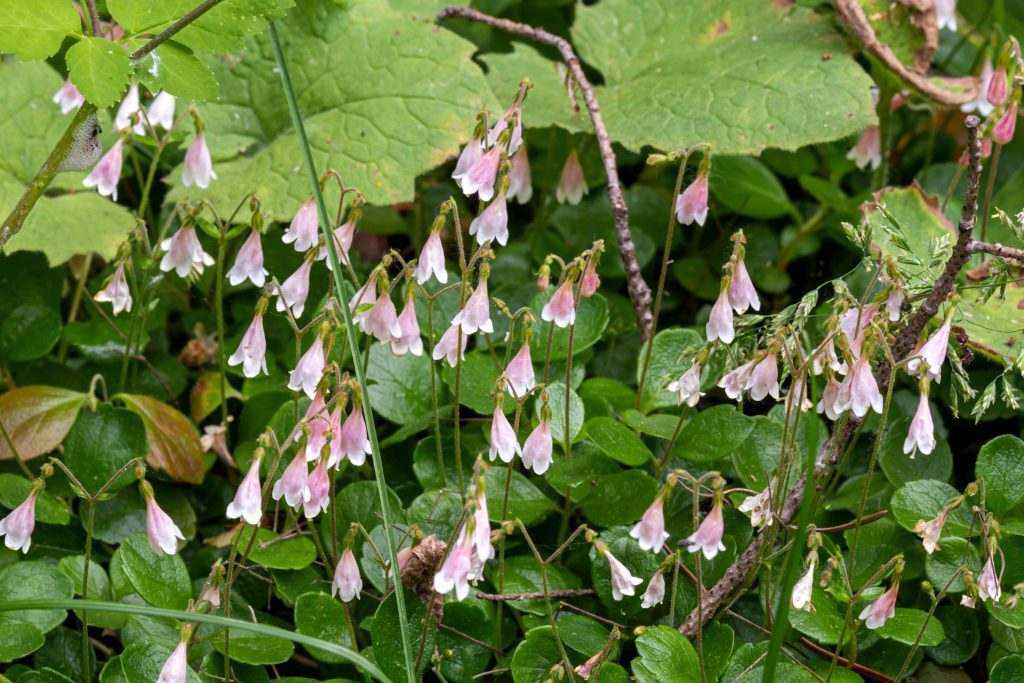
Taxonomy takes hold
In 1758 the tenth edition of Systema Naturae was published. It described a mere 4,400 animal species and 7,700 different plants. It included Twinflower (Linnaea borealis) a favorite wildflower of Linnaeus. This species was named in his honor. The plant is circumboreal in distribution and can be found in the northern U.S. It is commonly found growing in cool, coniferous forests of western Montana.
Diversity in Montana
Linnaeus would have loved living in Montana not only because of Twinflower growing here, but for the large diversity of fauna. There are 2,512 species of vascular plant in Montana (Lesica 2012). Four hundred thirty-three species of bird have also been documented (Marks, Hendricks and Casey 2016). Montana is home to some 1074 lichen species (McCune, Rosentreter, Spribille, Breuss and Wheeler 2014). Photos below document some of this diversity.

Jacob’s Ladder (Polemonium pulcherrimum) 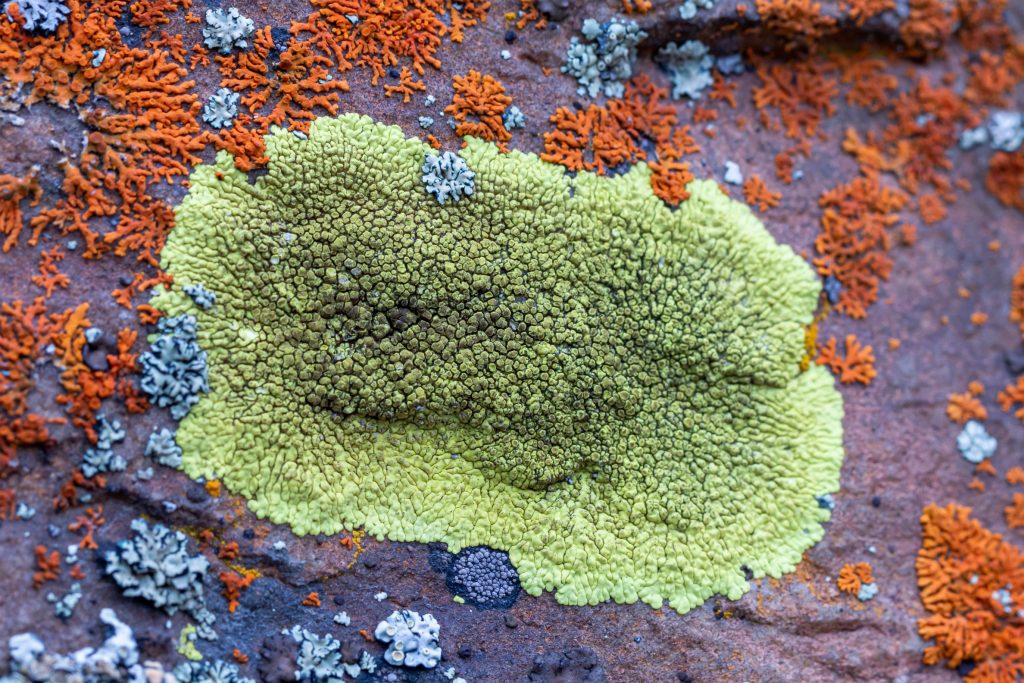
Cobblestone lichen of the Acarospora genus 
Silvery Blue (Glaucopsyche lygdamus) 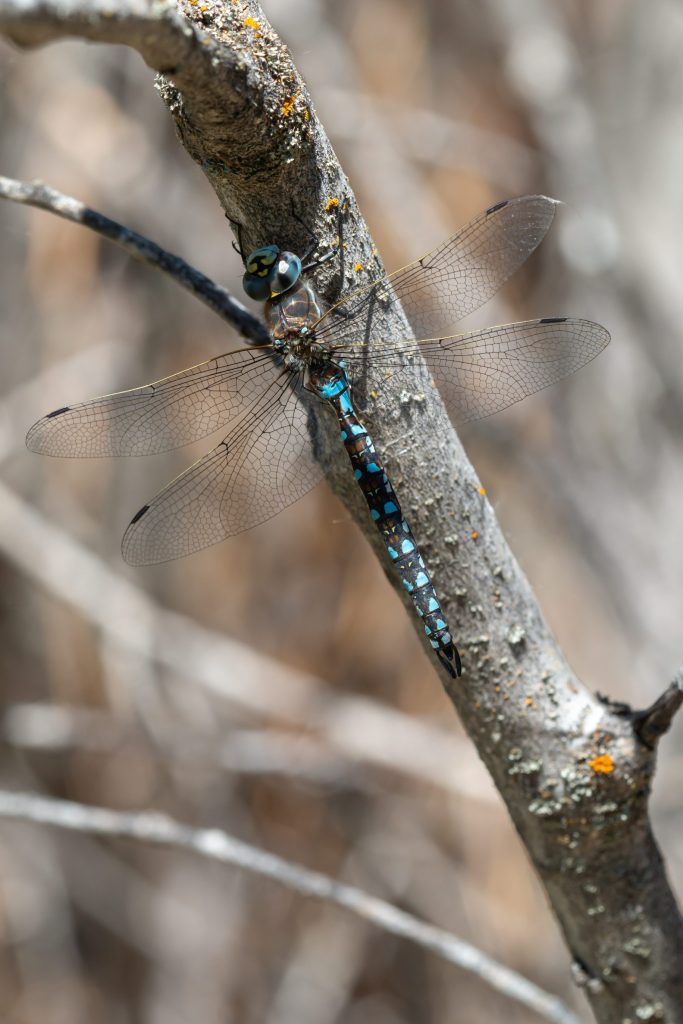
Califormia Darner (Rhionaeschna californica) 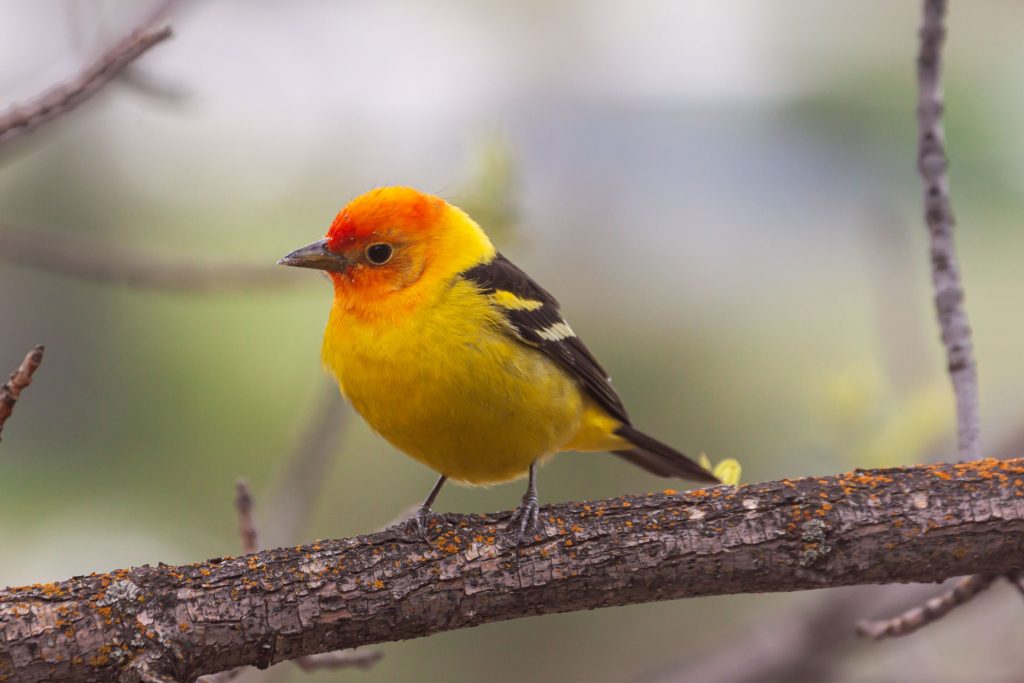
Western Tanager (Piranga ludoviciana) 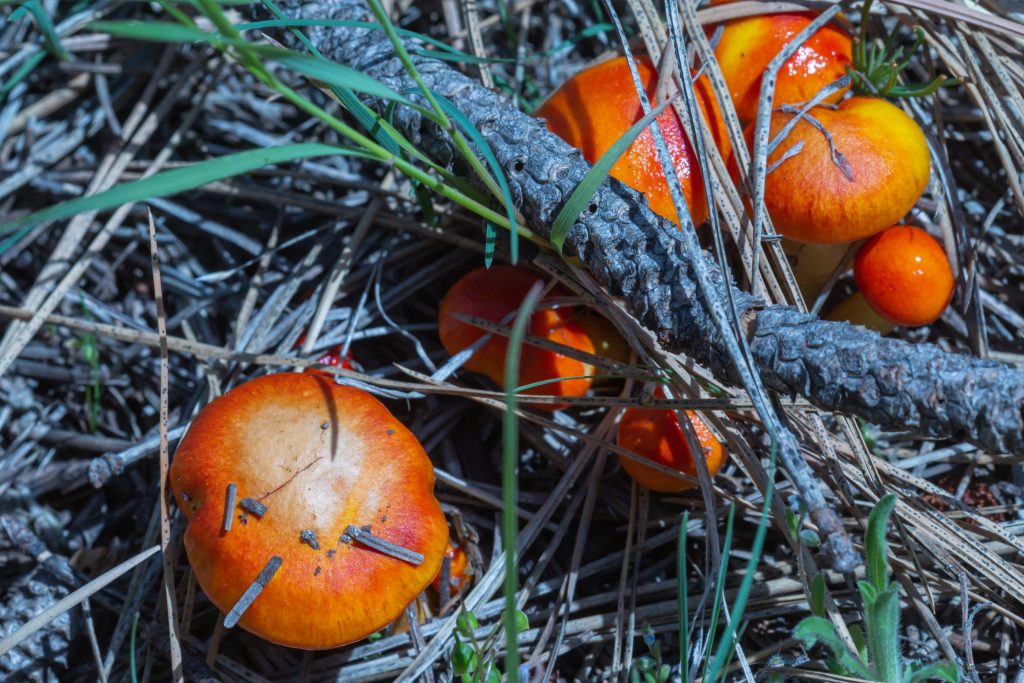
Mushroom of the Hygrophorus genus
Call to action
Check out your own neighborhood. You might be surprised what you discover. Perhaps you will find a species not formally documented 🙂






